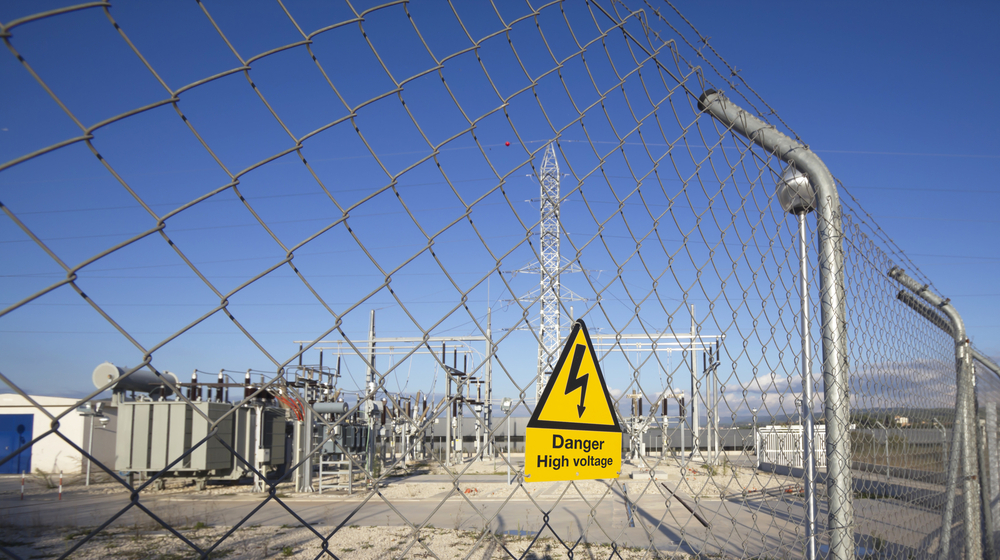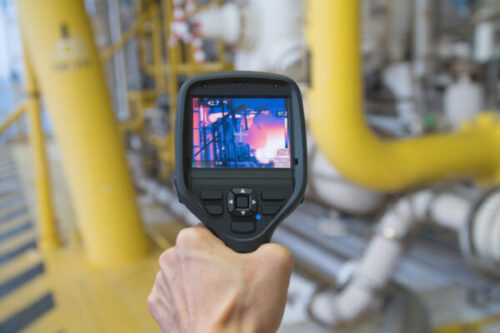The 10-Second Trick For Roar Solutions
The 10-Second Trick For Roar Solutions
Blog Article
Roar Solutions for Dummies
Table of ContentsExcitement About Roar SolutionsThe Main Principles Of Roar Solutions Roar Solutions Things To Know Before You Get This
In order to shield installations from a potential explosion a technique of analysing and categorizing a potentially dangerous location is called for. The purpose of this is to guarantee the appropriate selection and setup of tools to ultimately stop an explosion and to ensure safety and security of life.
(https://dc-washington.cataloxy.us/firms/training.roarsolution.com.au.htm)
No devices should be installed where the surface temperature of the devices is greater than the ignition temperature level of the given risk. Below are some usual dust unsafe and their minimum ignition temperature level. Coal Dirt 380C 225C Polythene 420C (melts) Methyl Cellulose 420C 320C Starch 460C 435C Flour 490C 340C Sugar 490C 460C Grain Dust 510C 300C Phenolic Material 530C > 450C Aluminium 590C > 450C PVC 700C > 450C Residue 810C 570C The likelihood of the danger existing in a concentration high enough to create an ignition will vary from location to place.
Harmful location electrical equipment maybe developed for use in higher ambient temperatures. Area Fixing By Authorised Employee: Difficult screening might not be needed nevertheless certain procedures may need to be adhered to in order for the tools to keep its third celebration ranking. Each item of devices with a hazardous rating should be reviewed individually.
Some Ideas on Roar Solutions You Should Know
The equipment register is an extensive database of tools documents that includes a minimum set of areas to recognize each product's place, technical criteria, Ex-spouse classification, age, and environmental information. The proportion of In-depth to Close evaluations will be determined by the Tools Danger, which is evaluated based on ignition risk (the probability of a resource of ignition versus the chance of a combustible ambience )and the harmful area category
( Zone 0, 1, or 2). Implementing a durable Risk-Based Examination( RBI )technique is vital for making sure compliance and safety and security in handling Electrical Devices in Hazardous Areas( EEHA).
Roar Solutions Things To Know Before You Buy

In regards to explosive risk, a hazardous location is an atmosphere in which an explosive ambience is existing (or may be anticipated to be present) in quantities that call for special precautions for the building and construction, setup and use of tools. eeha. In this short article we discover the difficulties faced in the office, the danger control measures, and the called for proficiencies to function this contact form safely
It issues of contemporary life that we make, keep or handle an array of gases or liquids that are regarded flammable, and a variety of dusts that are considered flammable. These compounds can, in particular conditions, develop eruptive atmospheres and these can have major and unfortunate repercussions. A lot of us are acquainted with the fire triangle remove any kind of one of the 3 components and the fire can not take place, yet what does this mean in the context of dangerous locations? When damaging this down right into its easiest terms it is basically: a combination of a specific quantity of launch or leak of a particular compound or product, combining with ambient oxygen, and the presence of a source of ignition.
In most instances, we can do little about the levels of oxygen in the air, however we can have substantial impact on resources of ignition, as an example electric tools. Dangerous locations are recorded on the dangerous area classification drawing and are identified on-site by the triangular "EX LOVER" sign. Below, among various other key information, zones are divided right into three types depending on the risk, the possibility and period that an eruptive ambience will certainly exist; Zone 0 or 20 is deemed the most hazardous and Area 2 or 22 is regarded the least.
Report this page